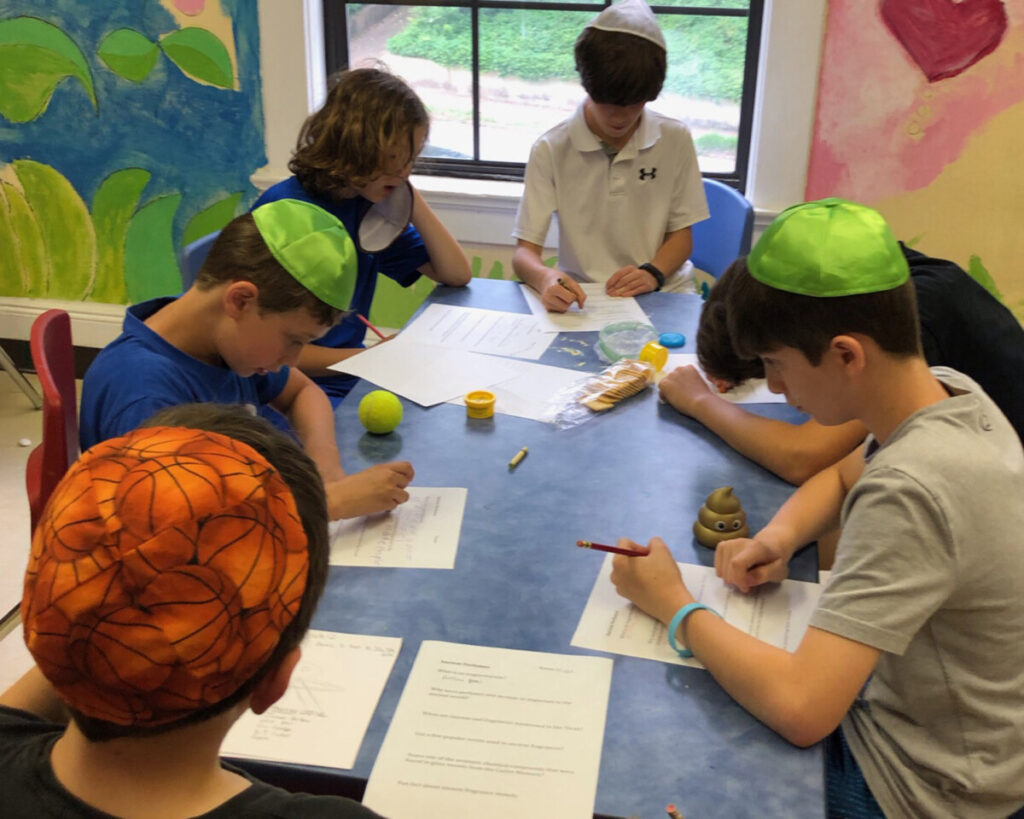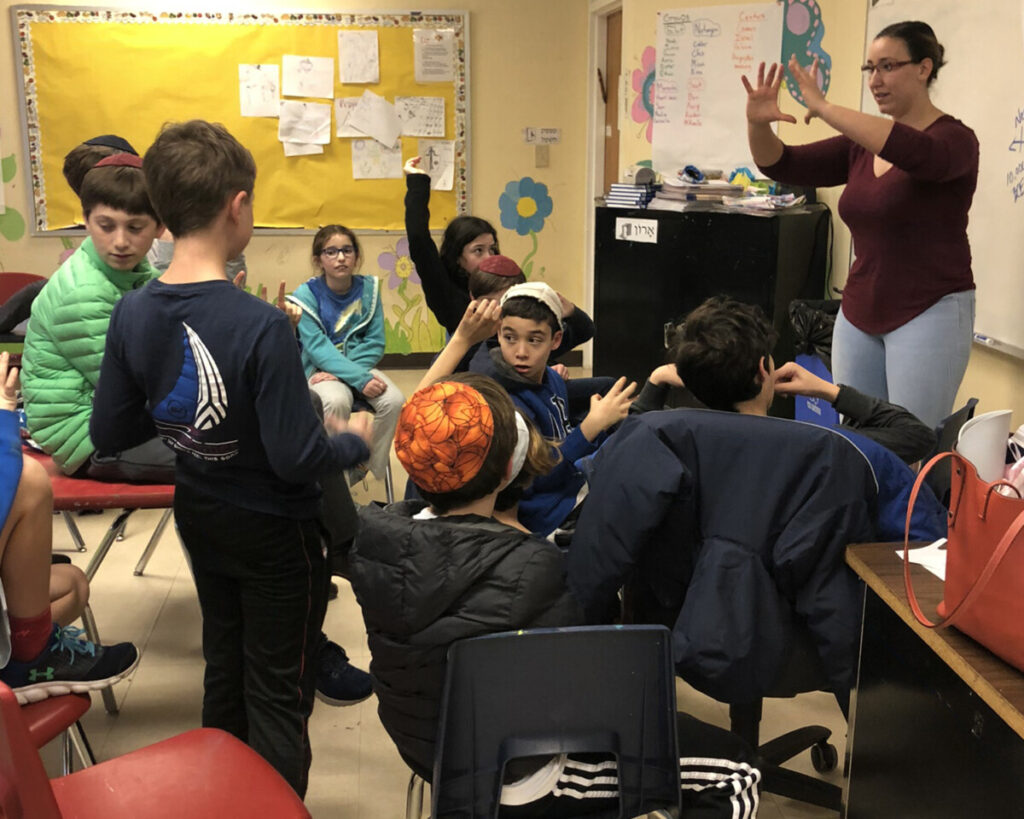On each unit page, you will find images of objects from the Carlos Museum that correlate with the vocabulary, texts, and themes of the unit. Below are a few tips and guiding questions to help focus your classroom discussion around the art itself. Encourage your students to pose their own questions about the objects and how they relate to the history they are learning about and their own lives, families, and cultures.
Formal Analysis Questions:
Techniques and Materials:
- What materials were used in the creation of this object?
- How was this object made? Were there multiple techniques used? How did you determine what techniques were used? Identify specific areas where you can see the use of a particular technique.
- What do you think the object would feel like if you could touch it? How would you describe its texture?
Composition:
- Does this work tell a story or suggest a narrative?
- Does this work have a central focus?
- Did the artist convey a sense of perspective? How?
Function and Context:
- What was the original context of this work? How might it have been used?
- Is the object decorative? Functional? Both?
- How did the intended function of the object influence its design?
Collecting History and Museology:
- What is the present state or condition of the object? What do you think has led to this state?
- If you’re in person at the museum, you might ask how is the work displayed? In relation to what objects?
- How might this object be connected/related to other objects we’ve seen in this class?
Facilitating the Conversation
Your conversations with your students should be learner-driven and process-focused. Encourage your students to discuss aspects of the art that interest them and remind them that the point of the discussion is not arriving at the “right answer” but that learning comes from the discussion itself, including listening to their peers, shaping their thoughts, and asking more questions.
- Respond to their personal responses, comments about the art, and formal observations neutrally. Try to avoid affirmations or refutations such as “good,” “correct,” “wrong,” etc. All of their thoughts and observations should be valued equally
- If the student makes a comment that is unrelated, veers too far away from the intent of the work of art, or is factually incorrect, ask the student to justify their answer, work through their logic, or make a suggestion as to other ideas or concepts they should consider
- Point to the area of the image being discussed by students so that everyone can follow along
- Link contrasting and complementary comments shared by students.
- Use their relevant responses as an opportunity to make connections to the other components of the lesson (history, vocabulary, religious texts and traditions…)
Integrating the Curriculum:
Ancient Artifact Activities is a very flexible curriculum. Here are some of our tips for how you might order and incorporate the learning units into your existing course:
- Begin with the objects:
- Present your students with a virtual or printed out museum gallery to walk through at the beginning of the course, then begin each subsequent lesson with one of the objects
- Align with holidays:
- many of our units correspond with Jewish holidays. Use “Ancient Judaism: Origins of Holidays and Rituals” during Hanukkah or on Havdalah and “Food in Jewish Stories and Culture” during Passover, with an additional discussion on ritual foods used during the seder for example
- Align with Biblical stories:
- You might present each unit by highlighting one of its corresponding biblical texts proceeding in order of appearance. For example, you might begin with Genesis 3:6-7 with the story of Adam and Eve eating the apple in the unit “Food in Jewish Stories and Culture” then the tower of Babel in the unit “Tablets, Writing, and Language,” the binding of Isaac in the unit “Torah, Jewish Law, and Sacrifices,” the golden calf in the unit “Material Resources in the Ancient Near East” etc.

